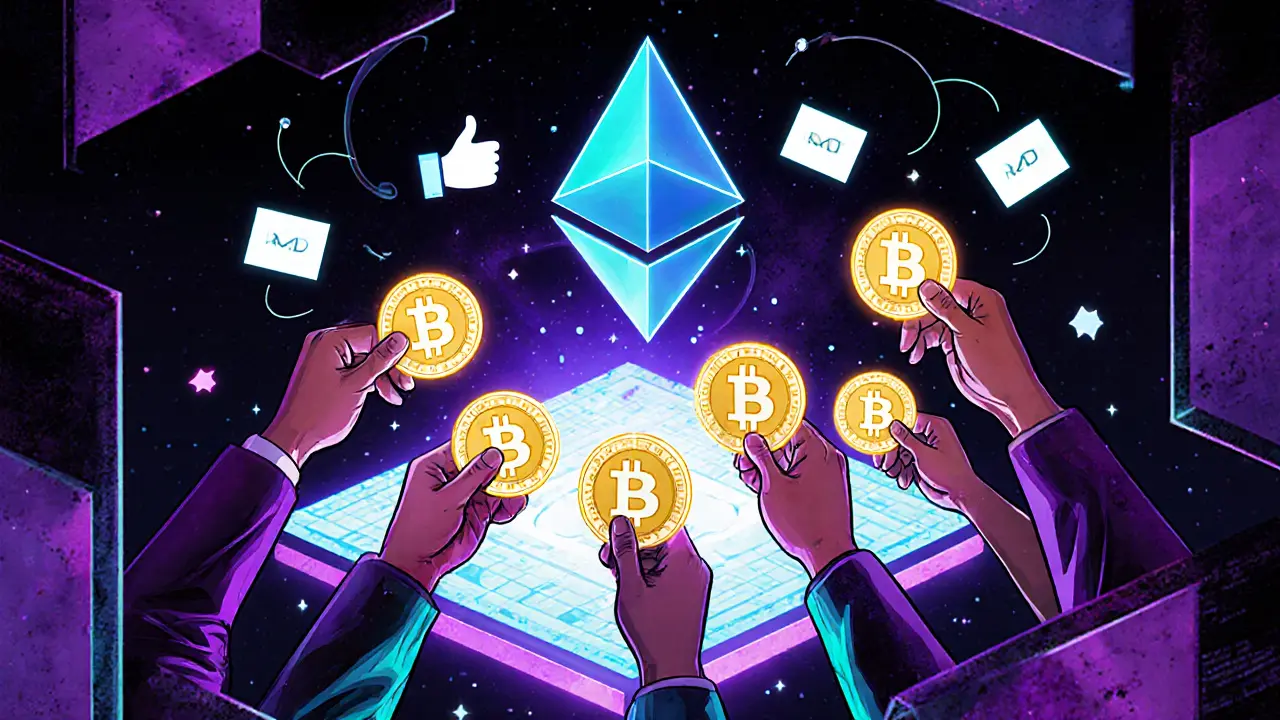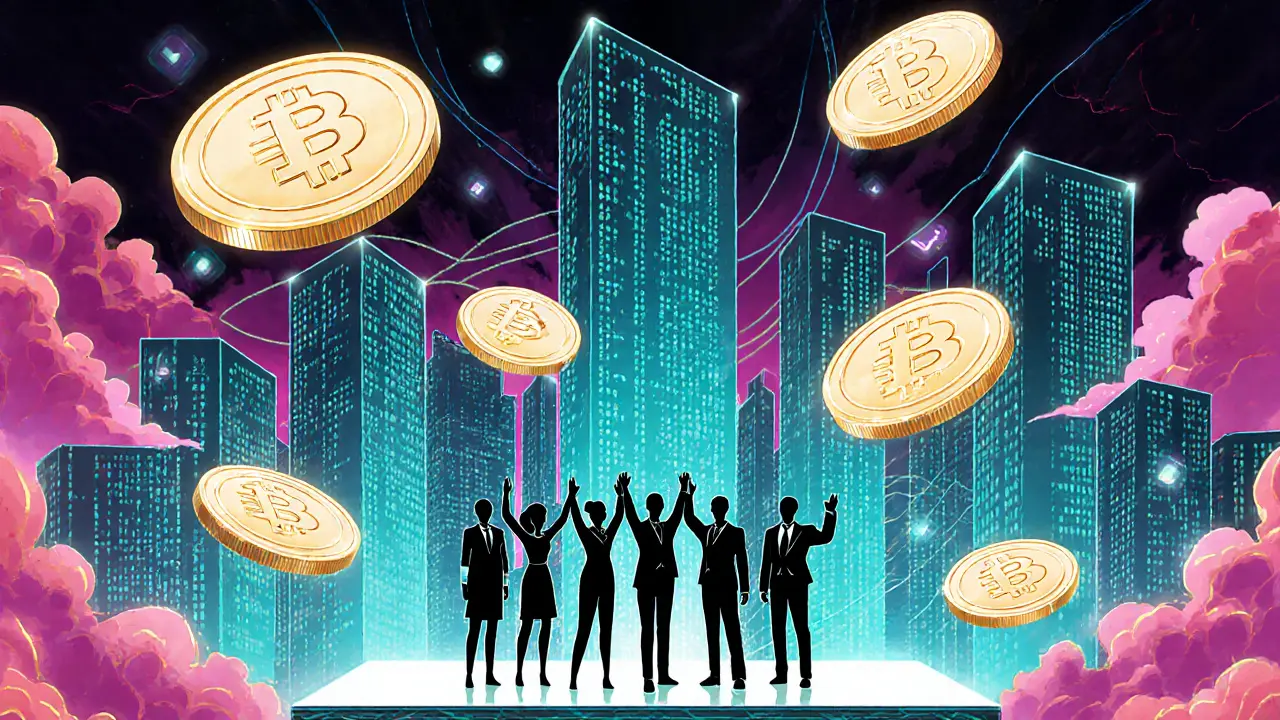Blockchain Voting: How It Works and Why It Matters
When working with blockchain voting, a method of casting, recording, and tallying votes on a distributed ledger. Also known as on‑chain voting, it lets anyone verify results without trusting a central authority. Blockchain voting encompasses decentralized governance and promises transparency for everything from community polls to national elections.
One of the biggest drivers behind this trend is the Decentralized Autonomous Organization (DAO), a member‑run entity where decisions are made through token‑based voting. DAOs illustrate how blockchain voting can replace boardrooms with code‑enforced rules, letting token holders vote on proposals instantly. The link between DAOs and voting is clear: without a reliable voting layer, a DAO can’t function.
Behind the scenes, smart contracts, self‑executing code that runs on a blockchain when predefined conditions are met enforce each ballot. When a vote is submitted, a smart contract checks eligibility, records the choice, and updates the tally automatically. This eliminates manual counting and reduces human error, making the process both fast and auditable.
Security doesn’t stop at code. Hardware Security Modules (HSM), specialized devices that store cryptographic keys in tamper‑proof hardware are increasingly used to protect private keys that sign voting transactions. By keeping keys offline and only exposing them when needed, HSMs prevent hackers from stealing voting credentials, a crucial safeguard for high‑value governance decisions.
Privacy is another hot topic. zero‑knowledge proofs, cryptographic techniques that prove a statement is true without revealing the underlying data let voters prove they are eligible without exposing their identity. This enables truly anonymous yet verifiable ballots, a feature that traditional paper voting can’t match.
Looking ahead, blockchain voting must prepare for quantum computers that could break current cryptography. Quantum‑resistant cryptography influences blockchain voting security by offering algorithms that stay safe even if quantum attacks become practical. Projects are already integrating post‑quantum signatures to future‑proof on‑chain elections.
Real‑world use cases illustrate the breadth of this technology. Cities experimenting with local referendums report higher turnout because citizens can vote from smartphones. Companies use token‑based voting to make shareholder decisions faster and cheaper. Even political parties are piloting blockchain ballots to reduce fraud claims. Across these examples, the core idea remains the same: a transparent, tamper‑evident system that empowers participants.
Below you’ll find a curated list of articles that dive deeper into each of these angles—whether you’re curious about DAO mechanics, want to secure your voting keys with HSMs, or need to understand how zero‑knowledge proofs keep ballots private. Explore the collection to see how blockchain voting is reshaping governance today.

Holding governance tokens gives you real voting power in DeFi and DAOs, letting you influence fees, treasury spending, and protocol upgrades. It aligns your interests with the network’s success and offers rewards beyond price gains.
Continue Reading

Learn how DAO governance works: from proposals and voting models to tokens, smart contracts, real‑world examples, and common challenges-all in plain English.
Continue Reading






